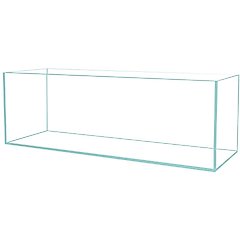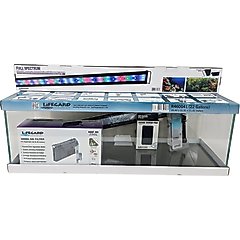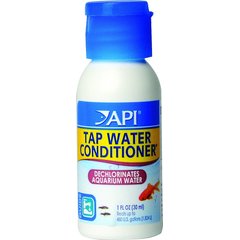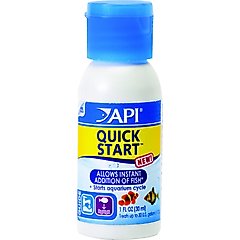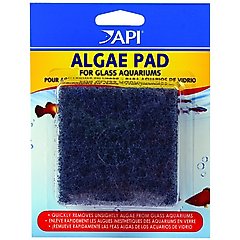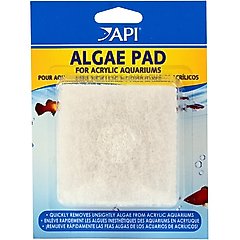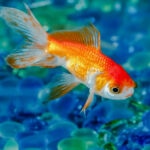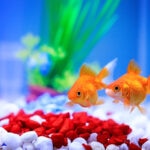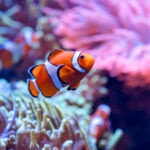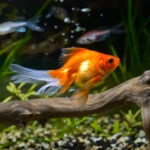How To Set Up a Freshwater Aquarium
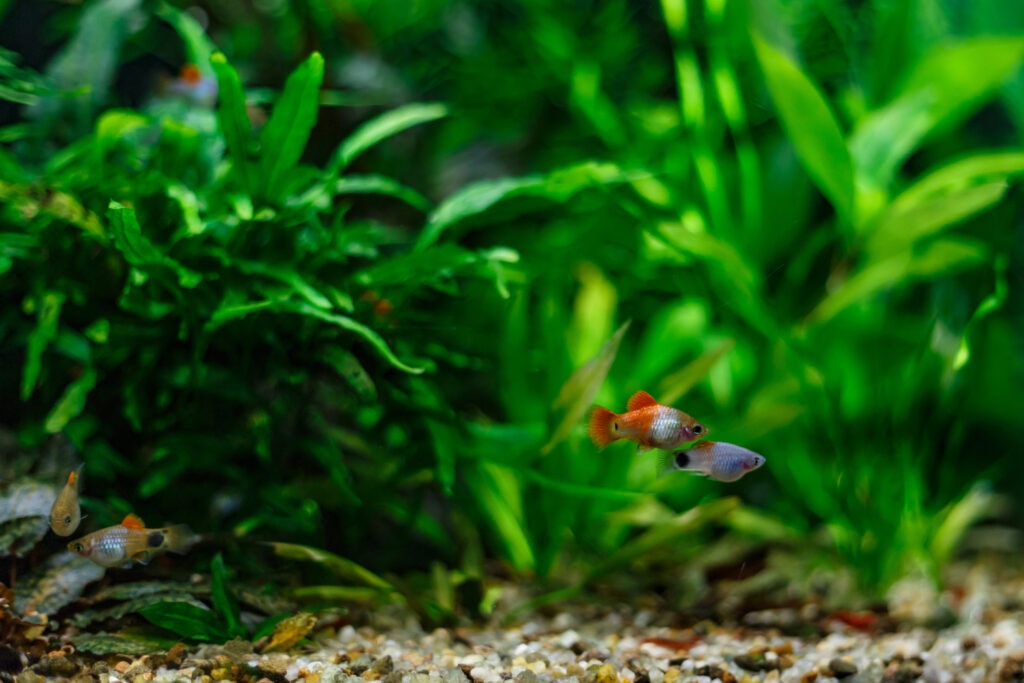
Photo by IURII BUKHTA/iStock/Getty Images Plus
A well-maintained aquarium is like bringing a slice of nature into your home. From cichlids with colors that rival marine fish to lushly planted tanks and tanks full of fun decor, there are options for everyone in the freshwater hobby.
With a little bit of planning and regular maintenance, anyone can successfully keep a freshwater aquarium.
Key Takeaways
- You can build a freshwater aquarium from scratch or start with a complete setup kit.
- Let your tank run without fish for at least a day or two and test the water parameters.
- Freshwater aquariums require daily, weekly, and monthly maintenance—create a schedule for your unique tank.
Planning Your Freshwater Tank
The ideal size for an aquarium is the largest tank you can comfortably fit in your space. Larger tanks have more stable water parameters, making them easier to maintain.
While nano-tanks (under 20 gallons) are popular, their smaller size can make them more challenging to manage. Tanks in the 20- to 40-gallon range offer a good balance for most beginners.
Recommended Products
There are many aquarium kits available, like the Lifegard Crystal Bookshelf Aquarium Kit, as well as all-in-one aquariums. Alternatively, you can customize your setup by purchasing all the required equipment separately.
Recommended Product
A sturdy, purpose-built stand is essential—water is heavy! The weight of the water, substrate, and glass will be at least 10 pounds per gallon. Make sure the stand is level, as an uneven surface can put extra stress on the tank seal.
Select a location with easy access to an electrical outlet. While fish can adapt to foot traffic around the tank, avoid high-traffic areas where the tank might get bumped.
Must-Have Freshwater Aquarium Supplies
If you prefer to build a tank from scratch, be sure to have the following supplies:
- Aquarium and lid
- Filter
- Heater and thermometer
- Lights
- Substrate
- Decor
- Dechlorinator, like the API Tap Water Conditioner
Recommended Product
- Filtration bacteria starter culture, like the API Quick Start Water Treatment
Recommended Product
- Water test kits
- Fish food
- Maintenance tools, including a gravel vacuum, net, and algae scraper
Setting Up a Freshwater Fish Tank
Here’s a step-by-step on how to set up your freshwater fish tank:
- First to go in are any large decor pieces such as big rocks, driftwood, or resin pieces. Rinse them thoroughly before putting them in the tank. Larger pieces need to sit directly on the bottom of the tank, not on the gravel. (Note that many varieties of driftwood will float and need to be soaked before adding to the tank.)
- Add the gravel or sand substrate. Substrates that are alive (seeded with beneficial bacteria) should never be rinsed, as this can kill the bacteria. Inert substrates, on the other hand, should be rinsed before adding to the tank.
- Add the filter, heater, and any other hardware to the aquarium.
- Fill the tank with either a bucket or a hose designed for aquariums. Add dechlorinator to the bucket or directly to the tank before turning on the hose. To reduce cloudiness, place a plate on the gravel to gently disperse the water as you slowly fill the tank.
- Fill your filter with water, then plug in filters, heaters, and any other hardware. Adjust the water or airflow as needed. If your heater has an adjustable thermostat, set it at 78 F for most tropical species or around 70 F for goldfish or other coolwater fish.
- Add any live or artificial plants and any other small pieces of decor. Give these a quick rinse before adding to the tank.
How To Introduce Fish to Your Freshwater Aquarium
Let your tank run for a day or two before adding fish, and check the water parameters, including temperature, ammonia, and pH.
- Ammonia should be zero, with the caveat that some test kits will show ammonia values for ammonia bound in chloramines (a chemical added to most municipal water sources).
- pH should fall between 6.5 and 8.0 for most fish. Stability is more important than hitting an exact number within this range.
You’ll want to add a bacteria starter culture at the same time you add the fish. If you add the bacteria too early, it won’t have any ammonia (from the fish waste) to feed on.
When adding fish, float the bag in the tank for about 15 minutes so the bagged water temperature eventually equals the tank’s water temperature.
Then open the bag and pour it through a net over a bucket. You do not want to add bag water to your tank. Gently but quickly place your fish in your aquarium.
Understanding the Aquarium Cycling Process H3
Once you’ve added your fish and starter bacteria, your tank will go through a maturation process called cycling.
An aquarium is a balanced ecosystem, with the fish waste broken down by bacteria. Without adding bacteria starter cultures, this process will take six to eight weeks and will be very stressful on the fish. With bacteria starter cultures, a tank can mature in a matter of days and is far less stressful on the fish.
You can test the water daily to follow the progress. You’ll see ammonia rise, then the ammonia will fall while nitrite will rise. Finally, the nitrite will drop while nitrate will rise. Nitrate is the least toxic form of nitrogen; it’s removed with partial water changes and used by plants.
What Does Maintenance for Freshwater Tanks Look Like?
Aquariums require daily maintenance to care for your fish, as well as weekly and monthly maintenance to keep the water clean and change it.
Daily Maintenance
Watch Your Fish
This is the fun part. Observe your fish and look for any behaviors that could indicate a problem.
Signs of various stressors include your fish hanging at the surface, heavy breathing, scratching on the substrate, and erratic swimming. Watch for aggression against tankmates as well.
Feed Your Fish
Most fish will do fine with a daily feeding schedule. Don’t feed more than your fish will eat in a couple of minutes.
Unless you’re target-feeding bottom dwellers with a food that sinks, if you see food sink to the bottom of the tank, you’re feeding too much.
Small, active species like danios may benefit from feeding small amounts a couple times of day, but most fish are fine eating once a day—or even every other day. Bigger, predatory species may only need to eat two or three times a week.
The biggest mistake most beginning aquarists make is feeding their fish too much.
Check the Equipment
Make sure all of your equipment, including filters, pumps, heaters, and lights, is working properly.
If filter or pump water flow is reduced, you may need to clean the intake strainers. This is often a daily task in planted tanks.
Weekly Maintenance
Test Your Water
When you’re starting a tank, you may want to test frequently but typically once a week is fine. As you become more familiar with your fish’s behavior, check the water if you notice anything unusual.
Scrub Algae
Algae will grow on your glass, so clean it with a scrub pad or similar tool made for an aquarium.
Make sure your scrub pad is made for the type of material your aquarium is made out of, such as the API Algae Pad for Glass Aquariums or the API Algae Pad for Acrylic Aquariums.
Recommended Products
Maintain Your Filter
Filter cartridges should last longer than a week, but most filters that incorporate a sponge or filter pad should be cleaned weekly. These often serve as both a mechanical filter and a biofilter (a place where the beneficial bacteria live).
Never clean filters in tap water, as it can kill the beneficial bacteria. Fill a bucket with some water from the tank and squeeze out the sponge in the tank water.
Trim Live Plants
If you have live plants, you’ll likely need to trim them weekly or every other week.
Trim leaves and stems that are turning yellow or brown, and trim leaves that are growing out of the tank—unless you have an open-top tank and want them to grow as emergent plants.
Biweekly to Monthly Maintenance
Do a Partial Water Change
There are many factors to consider when pinpointing when you should do water changes in your tank, including:
- Tank size
- Stocking density
- Feeding rates
- Temperature
- Whether or not you have live plants
- Type of fish
However, a good rule of thumb is to change about 20–25% of the tank every other week.
Always do a water change with a gravel vacuum, like the Python Pro-Clean Gravel Washer & Siphon Kit for Aquariums. This is a special type of siphon that pulls waste out of the gravel while keeping the gravel in the tanks.
Recommended Product
Some gravel vacuums may be a simple gravity feed siphon, or they may attach to a faucet. Do not remove the gravel from the tank to clean it.
Remember that your aquarium is a balanced ecosystem, and beneficial bacteria that grow on the gravel are responsible for much of the filtration in the tank.
Change Filter Cartridges and Chemical Media
Most cartridges, carbon, and resins will last about a month.
By following proper setup and maintenance guidelines, you can enjoy your freshwater tank for years to come. And if you have questions about your aquarium, it’s always best to contact a freshwater fish tank specialist.

